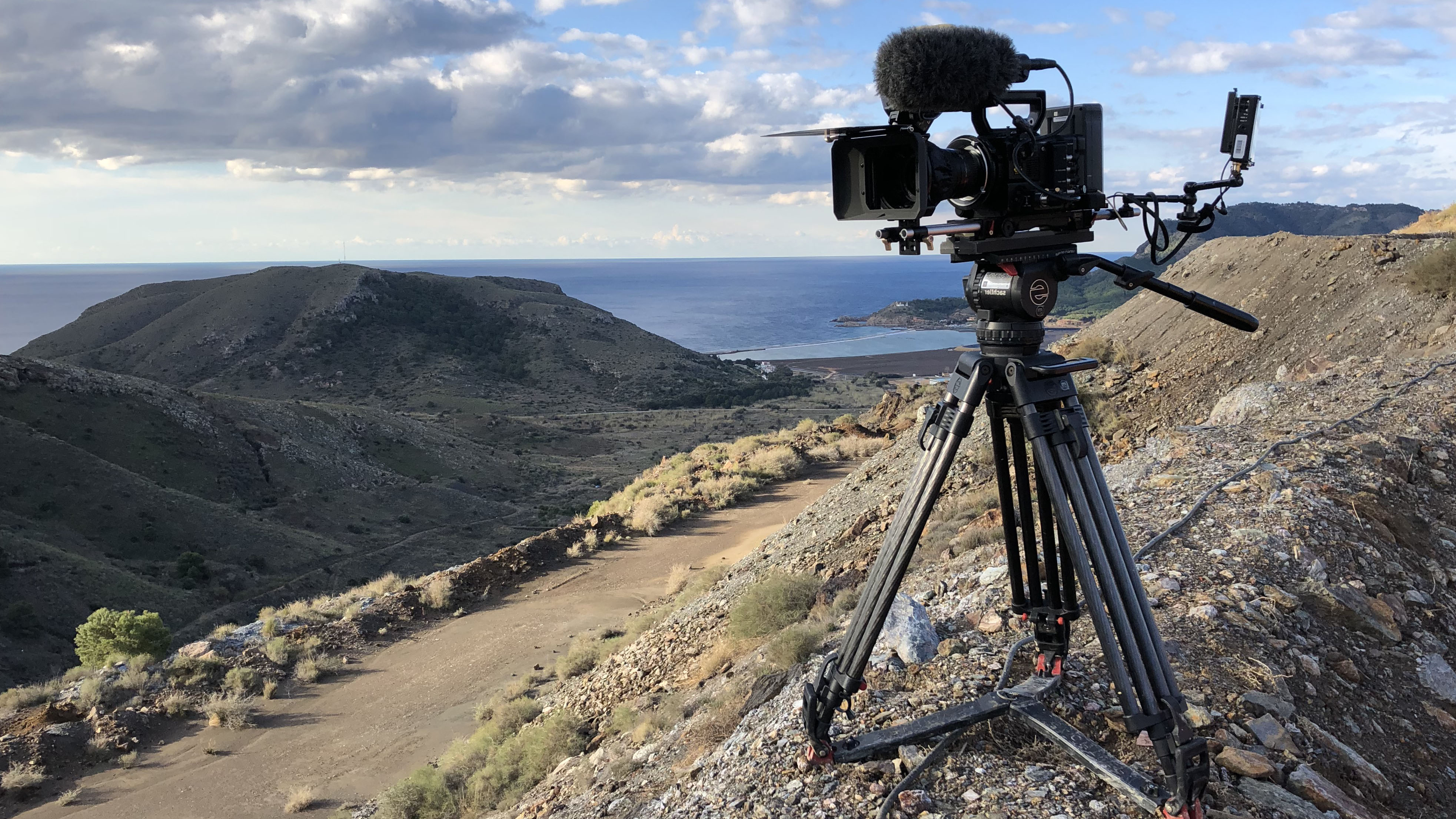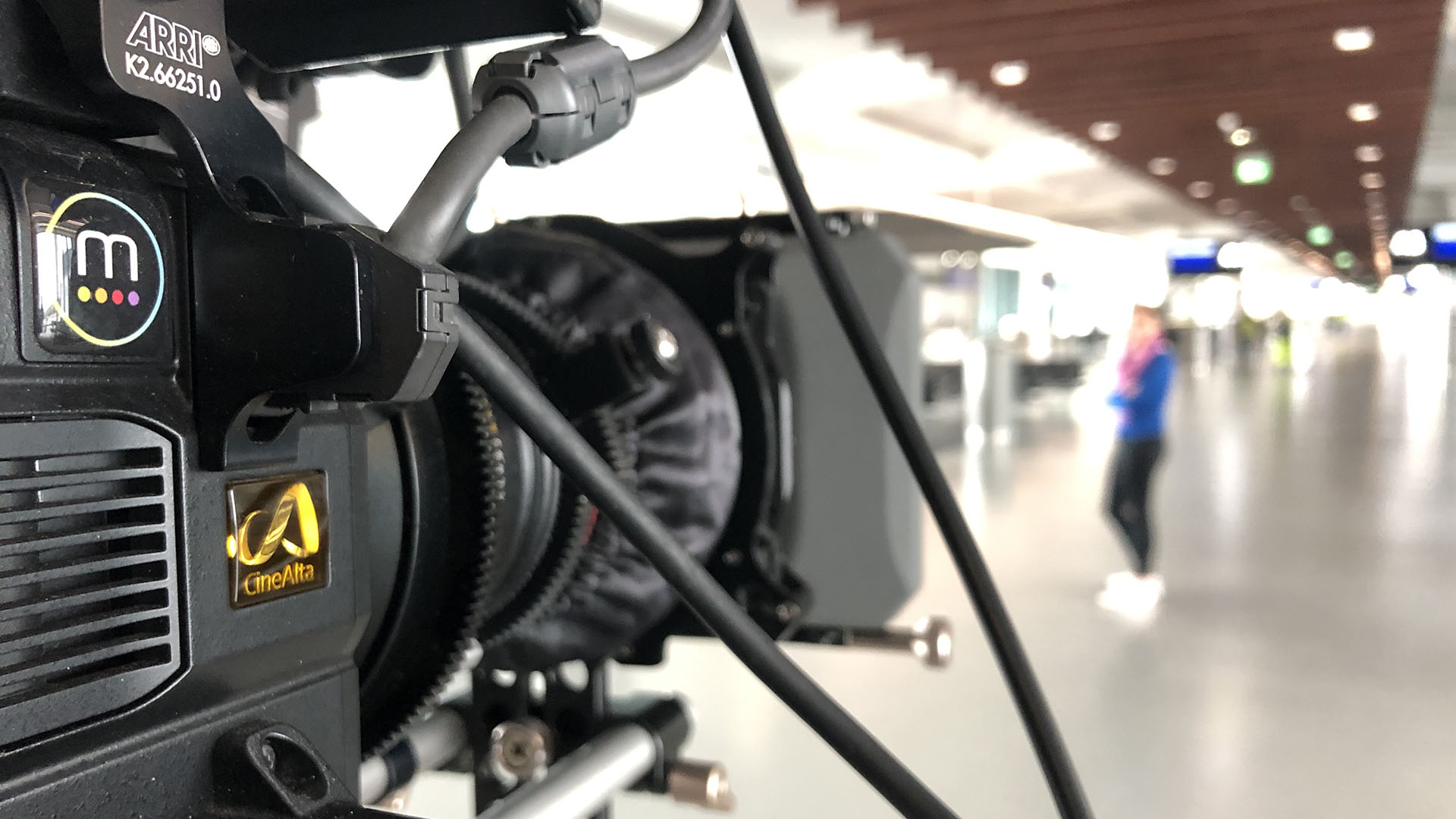Continuing on from the first blog:
Production:
Have EMPATHY, be CONFIDENT and be HONEST. It Doesn’t matter who you’re interviewing these words still apply.
I’ve interviewed a real diverse bunch of people from the famous to royalty, the homeless, prisoners, drug addicts to families struggling with bereavement and patients living with cancer. It never matters who it is the same rules apply.
What helps in the edit?
If you’ve thought about these few things, taken the time in the production phase then in post-production you’ll see your interview film come together seamlessly and even enjoy the whole process.
• Including the question in the answer
Its good practice to ask the interviewee to include the question in the answer. You don’t want the viewer to be thinking ‘what are you talking about?’. It gives the response context and helps if you want to edit out the question being asked. You’ll then have options in the edit to either include the question, use on screen text which shows the question or make just one seamless interview without the questions at all.
• Back to front
Chronology is important in the edit phase, it’s important to help your interviewee to keep to a story flow and not jump around from start of the story to end, middle and start again. Again this will help you edit a good story flow and also make it concise.
• “As I said earlier”
Avoid them saying this, it’s also a killer in the edit. If you haven’t included that take previously in the film it won’t make sense. Another one is numbering answers “firstly, secondly...” and so on. If you just want some of them and not all you’ll have an exasperated editor. Instead just ask them to say one after the other with a suggestion of an opening like “Some of the reasons are….”.
• Cutaways
Meaning relevant footage to cover the interview. There’s not always the opportunity but if you have make sure you do them after the interview. The interviewee may have said something particular during the interview and you’ll need to make sure you get that cutaway / footage to cover the point made.


When I am interviewing I almost edit in my head as I go – it’s good to make notes of the really good bits after. I just jot the words down or the story flow so I remember when I am in the edit.
If you have filmed the interview with 2 cameras just edit the wide shot first then when the content is good move to using the second camera angle.
The perfect ending
Find that ending for the film first. They usually are obvious but it’s always nice to know you have a good strong ending before you start with the main edit.
And there we have some key elements that I put into practice when trying to help build the right message and advance a client’s story telling.
Michelle Barker
Mediafour Limited
Michelle. Barker@mediafour.co.uk.
